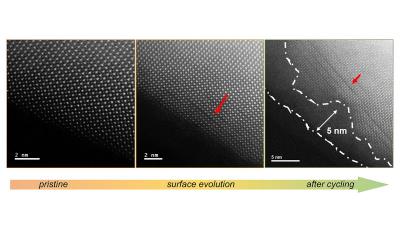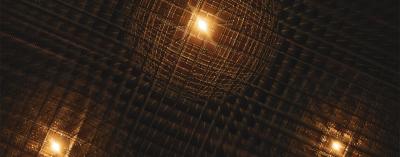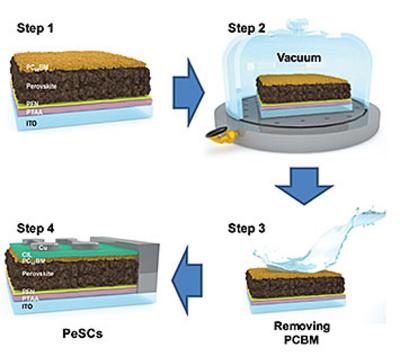Researchers suggest ways to produce active and stable perovskite oxide-based OER materials
A study led by scientists at the U.S. Department of Energy's (DOE) Argonne National Laboratory has shown a shape-shifting quality in perovskite oxides that could be promising for speeding up the oxygen evolution reaction (OER) that is vital for hydrogen production (and a variety of other chemical processes). The research shows that perovskite oxides could be used to design new materials for making renewable fuels and also for storing energy.
 Surface evolution of a lanthanum cobalt oxide perovskite. Image credit: ANL
Surface evolution of a lanthanum cobalt oxide perovskite. Image credit: ANL
Perovskite oxides are less expensive than precious metals such as iridium or ruthenium that also promote OER. But perovskite oxides are not as active (in other words, efficient at accelerating the OER) as these metals, and they tend to slowly degrade.

